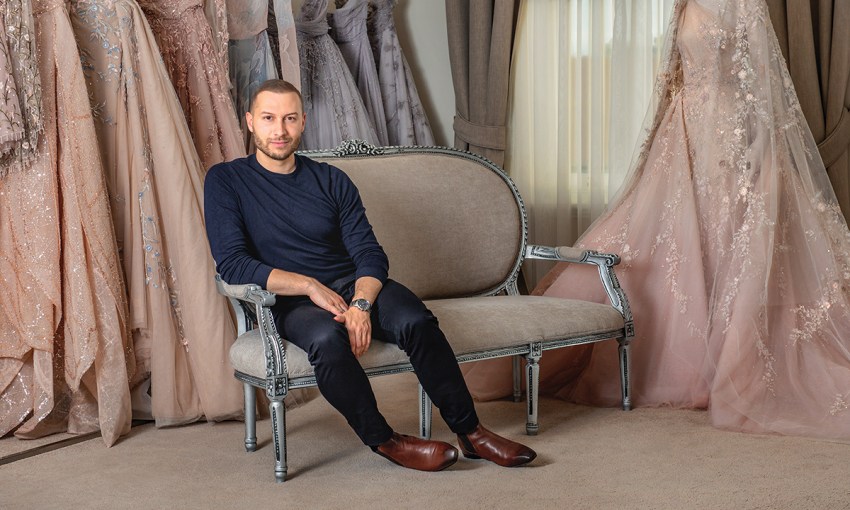From couture fashion, to bespoke hats, step behind the atelier's workbench, to see where and how some of South Australia's most opulent creations are made.
Where the magic happens
Paolo Sebastian
The attention to detail in the Paolo Sebastian atelier on Gouger Street is immaculate.
Before you even get to the room where the couture designs are hand-crafted, the reception area is filled with bespoke mannequins that were created to perfectly showcase the gowns.
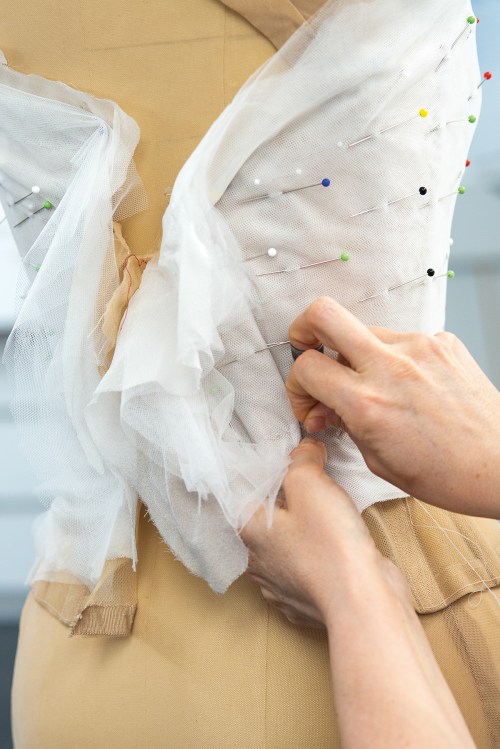
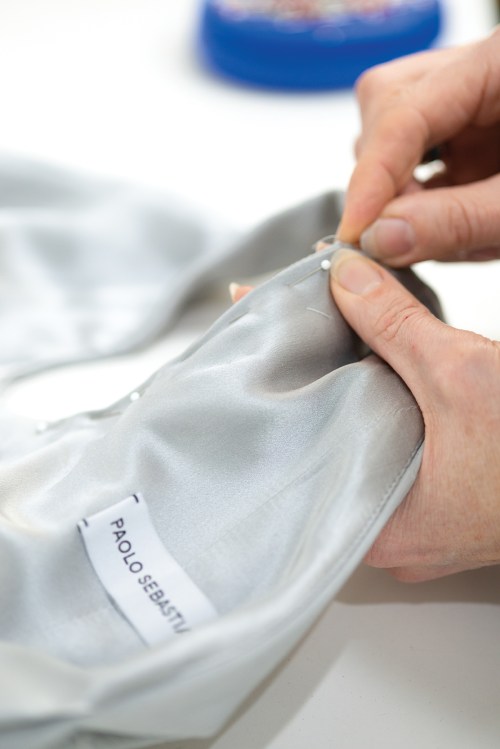
Inside the hallowed ground of the workspace, 16 seamstresses work over two rooms to create collection pieces, couture evening gowns and – of course – wedding dresses.
At any given time, they’re working on about 50 dresses, each of them taking somewhere around the six-month mark from the first cut of the fabric to completion.
The concept can begin long before, especially for brides, who will come in for a consultation when they’re first looking for a designer.
“We don’t start a dress until six months out, even if you come to us three years in advance,” Paolo Sebastian designer Paul Vasileff says.
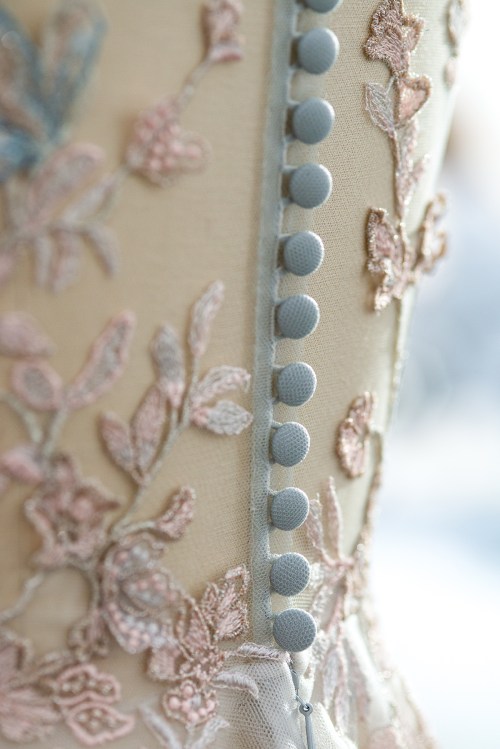
“That’s when people’s bodies are closest to what they’re going to be when they wear the dress.”
Upstairs in the consultation room, a rack of gowns shows clients’ visions come to life. First, however, they sit in with Paul, who begins to work out the big picture, such as colour and shape, before honing in on details such as fine embroidery.
“With couture specifically, what I love is that it’s such a unique experience for each individual, because no bride is the same and no dress is the same,” Paul says.
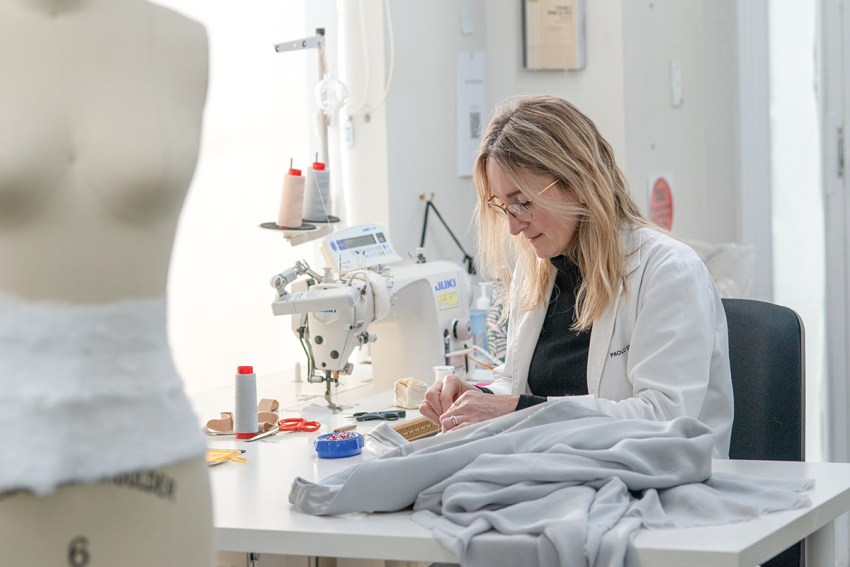
“I like to start by chatting to them about how they want to feel, how they envisage themselves and what they want to emulate.”
Downstairs, the seamstresses wear crisp white coats as they sew, pin and drape. The atelier is neat and tidy, but packed with inspiration. A mood board covers one wall, with current colour stories and photographs of beautiful artworks that Paul reimagines into fashion.
In another area, reams of fabric are stacked together; tulles from France and silks from Italy.
Paul and the seamstresses are working on a wide variety of gowns at any given time – at the moment, Paul is also creating the dresses for his own wedding to Anna Frangiosa next year.
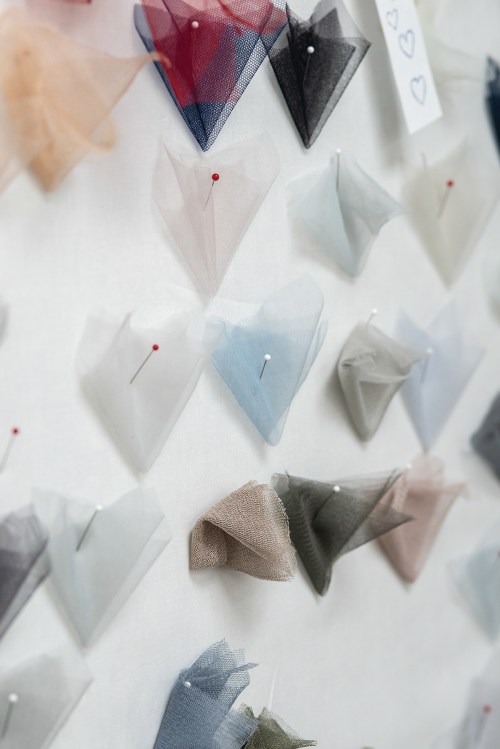
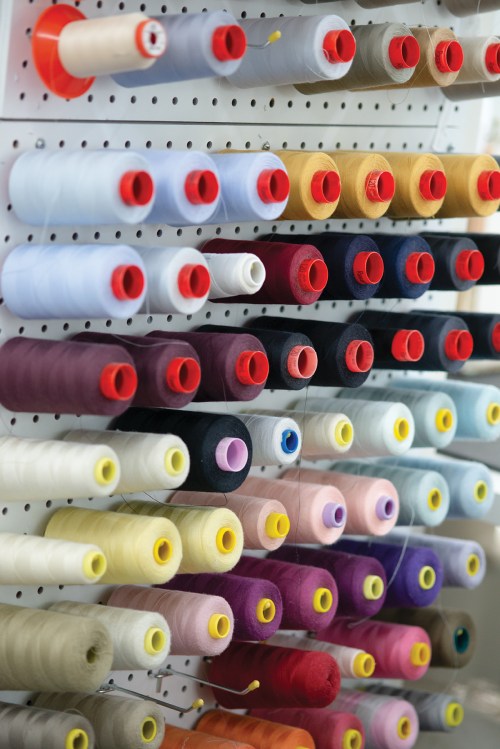
A hallmark of a Paolo Sebastian gown is the impeccable fit and each body form in the workshop is padded to create the clients’ shapes.
The level of experience within Paul’s team varies from 35 years, to someone who was hired from work experience.
“We’re really big on collaborating and learning from each other because everyone comes from a different background,” Paul explains.
“Some are more experienced in the finer dressmaking and others are more experienced in tailoring or patternmaking, but we all learn off each other.”
Julie Fleming
“Out of the chaos comes beauty,” milliner Julie Fleming says of her workshop, tucked away in JamFactory at Seppeltsfield.
There’s a little bit of chaos here – more of the organised kind – and lots of beauty in the form of the headpieces Julie has created.
In her quaint little workshop and retail space, Julie has filled every drawer, surface and nook with tools, fabric, thread, ribbon and any conceivable embellishment for her headpieces. Somehow, Julie knows exactly where everything is.
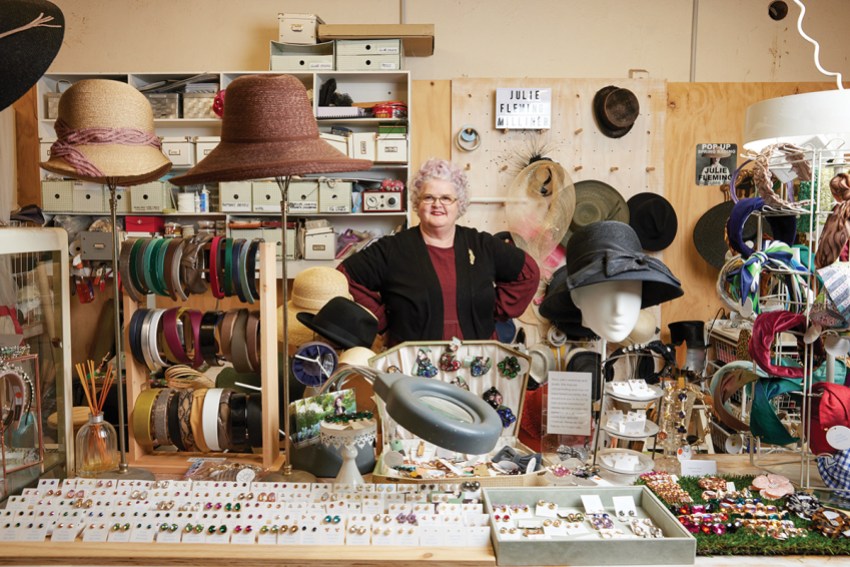
There are summer hats, winter hats, jewellery and – in keeping with the current trend – lots of headbands. It’s this variety that Julie loves most about what she does.
The cuts of fabric inspire Julie’s designs; she says the textures and colours decide for themselves what will become of them, guided by her decades of skill and intuition.
Julie fell into millinery training in England almost by chance, following a “sliding doors” moment in a phone box.
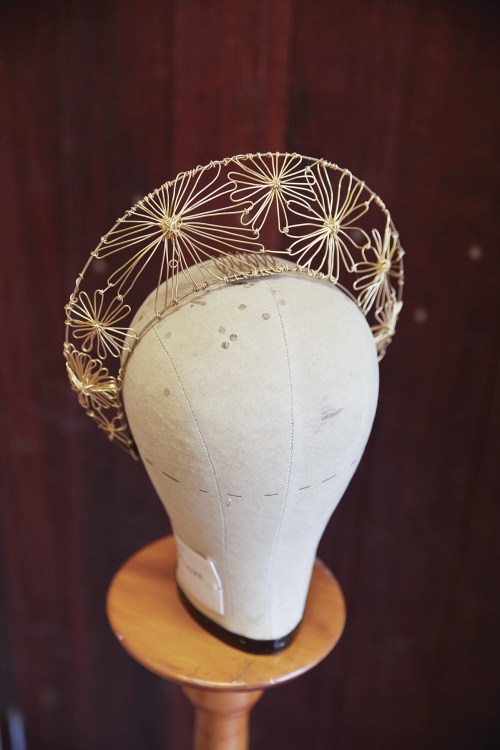
“I was with a friend who was interested in textile design and we thought if we couldn’t get a job the next day, we were going to have to go back home,” Julie says.
Julie and her friend got into the nearest phone box and picked up the phone book. Her friend called all the textile artists and Julie got in touch with the milliners. Julie scored a handful of interviews and then a job. “Luckily, it was coming up to Ascot. They hired me initially to work in the salon downstairs selling, with the promise I’d be able to work my way into the workroom and learn how to make.”
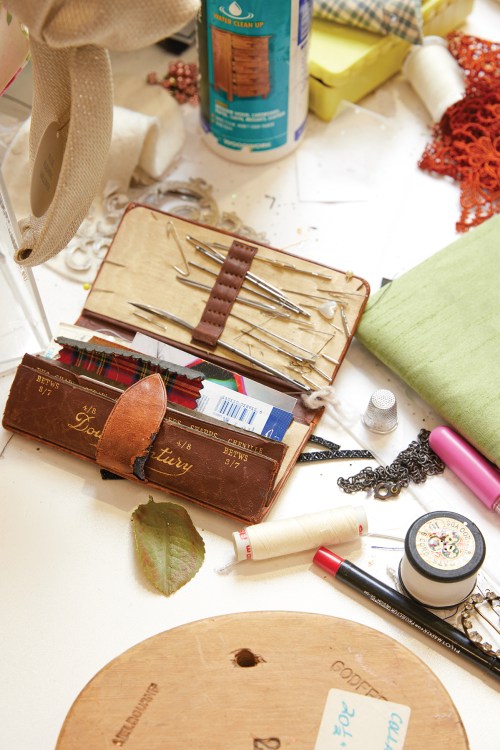
Julie was learning from women who were in their 80s and had been milliners since they were 14. She also had brushes with royalty, making a hat for Camilla, Duchess of Cornwall, as well as meeting Diana, Princess of Wales early on in her career.
“Princess Diana used to come into the salon; she was really nice,” Julie remembers.
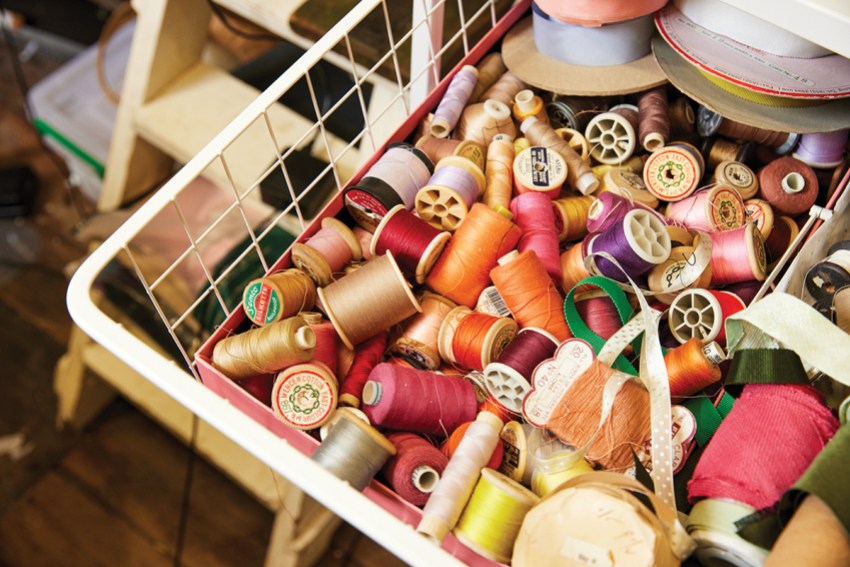
“The first time I met her, she came in about 20 minutes early for an appointment and all the others were upstairs, so I was by myself with a customer. I was about to put a hat on the customer and Diana came in and said, ‘I’m early, I’ll just have a look around’.
“The customer completely froze. She couldn’t move and she said through gritted teeth, ‘What do I do?’.”
Back in Australia, Julie moved to SA from Melbourne in 2015 and says the JamFactory space is perfect for her.
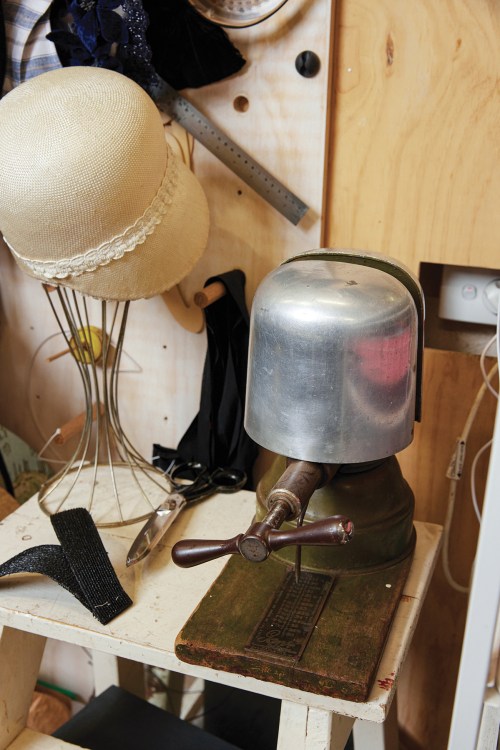
There is no time more hectic for Julie than the lead up to spring racing. She predicts we’ll see a lot of big trims and halo headbands for the upcoming season.
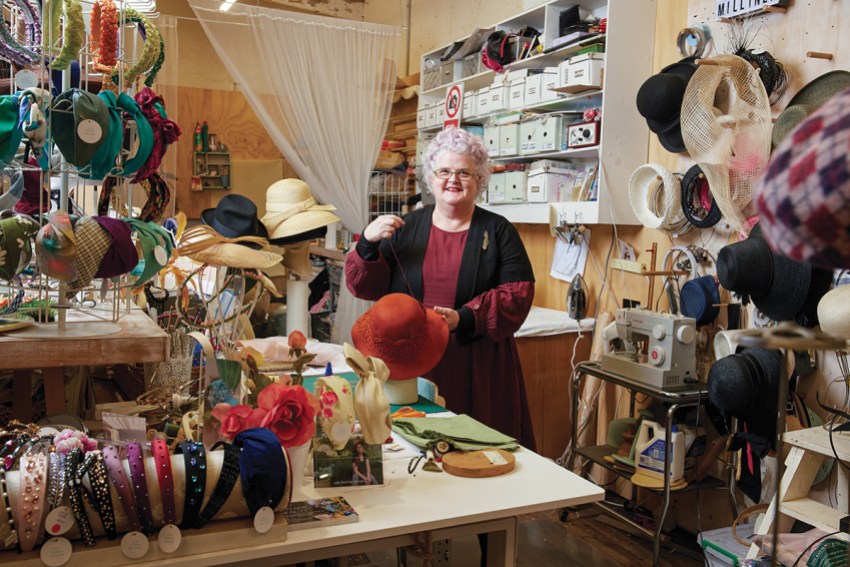
Julie says the most important tool in the workshop is her poupee (French for doll’s head), which is a perfect 22.5 inches. There’s also a hat stretcher – Julie uses it by steaming a hat, putting it on the stretcher, widening it and leaving it overnight.
“And, of course, my sewing machine,” Julie says.
James Thredgold Jeweller
Walk through the sparkling showroom at James Thredgold Jeweller and you’ll reach a window, behind which you can see the team shaping, welding and polishing to perfection.
The outcome may be opulent, but there’s some serious hard work – and the occasional finger injury – that takes the beautiful designs to creation.
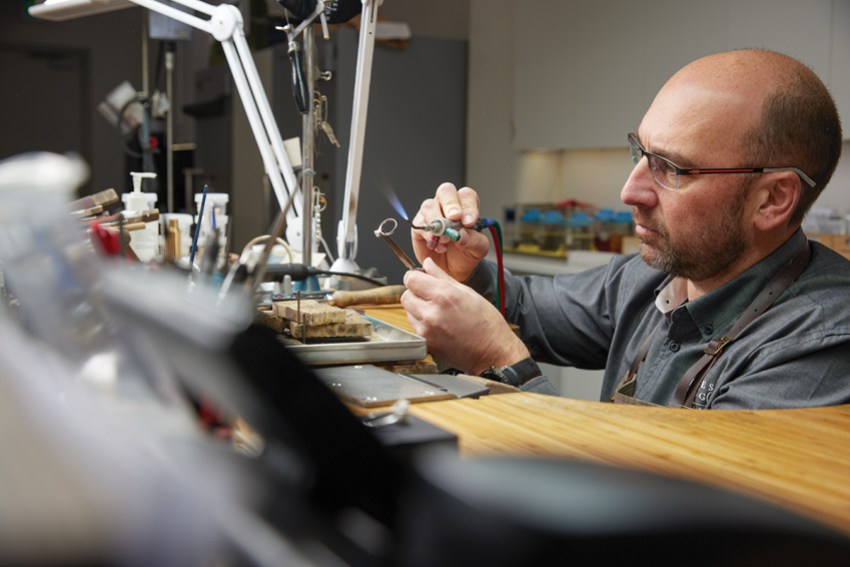
Opening a giant safe, jeweller Derek Gregory takes out a tiny bar of gold – an ingot.
“This is where it all starts,” Derek says. He takes the 24-carat gold into a small room off to the side of the studio, ignites a flame and melts the precious metal into a puddle at 900 degrees centigrade.
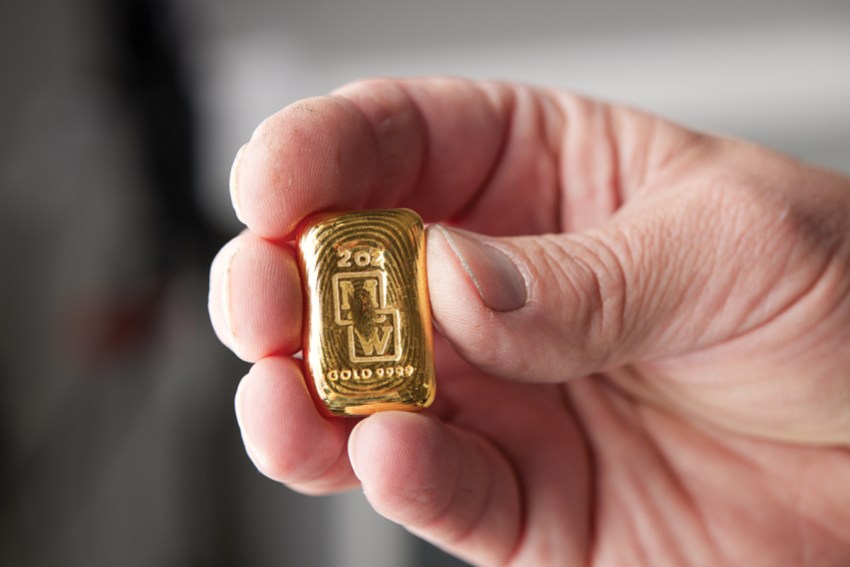
The puddle hardens as it cools but is still malleable enough to be shaped into a ring formation in the rolling mill, which compresses and shapes the gold.
A simple band would take Derek less than half an hour to complete, while a more complicated engagement ring could take 20 to 30 hours.
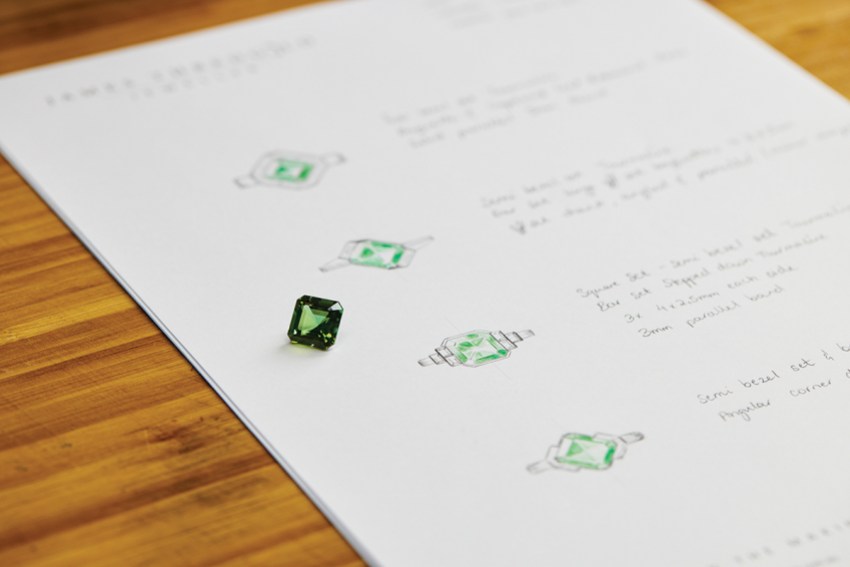
The jewellers create the finer details of each piece at their desks, which feature a semi-circular cut-out for them to get up close to their work.
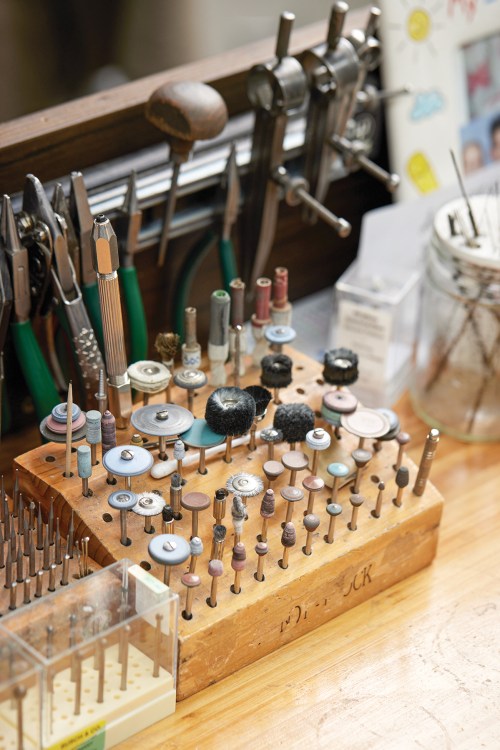
At the desks, they catch all the shavings, careful not to waste any of the precious metal.
“We recover as much as we can and recycle everything we possibly can; it’s obviously too expensive to lose,” Derek says.
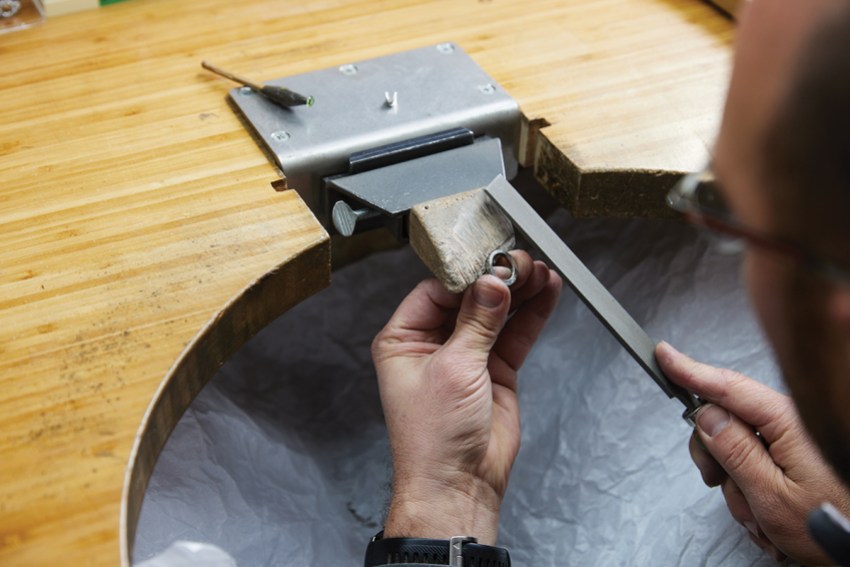
“Whether it’s sweeping the floor at the end of the day or vacuuming the carpet, we take it all and it gets sent away to be refined.
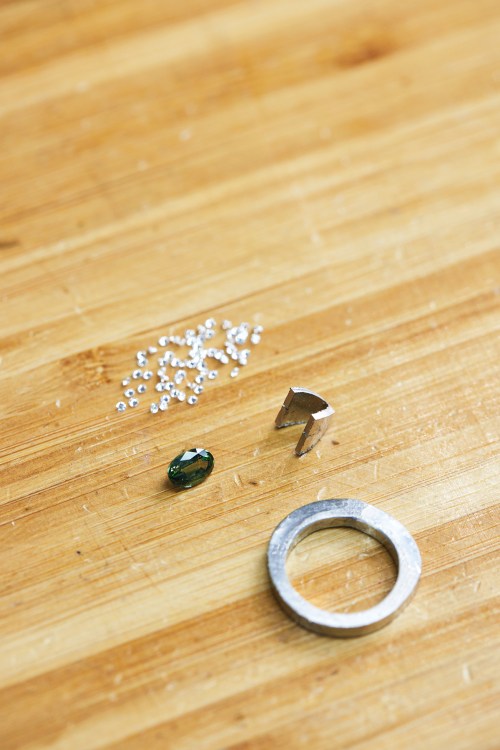
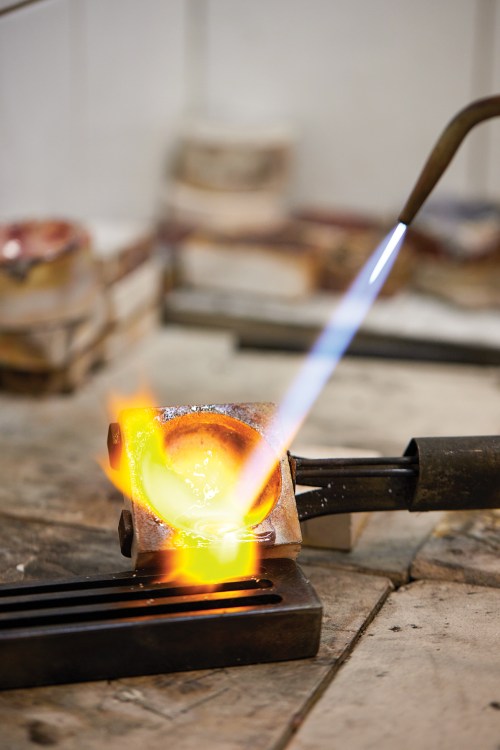
“All the impurities get burnt out of it and we get it back as 24-carat.”
The team do everything from watch battery installation to luxury ring fabrication. The most expensive piece Derek has made was a pink diamond ring, valued at up to $400,000.
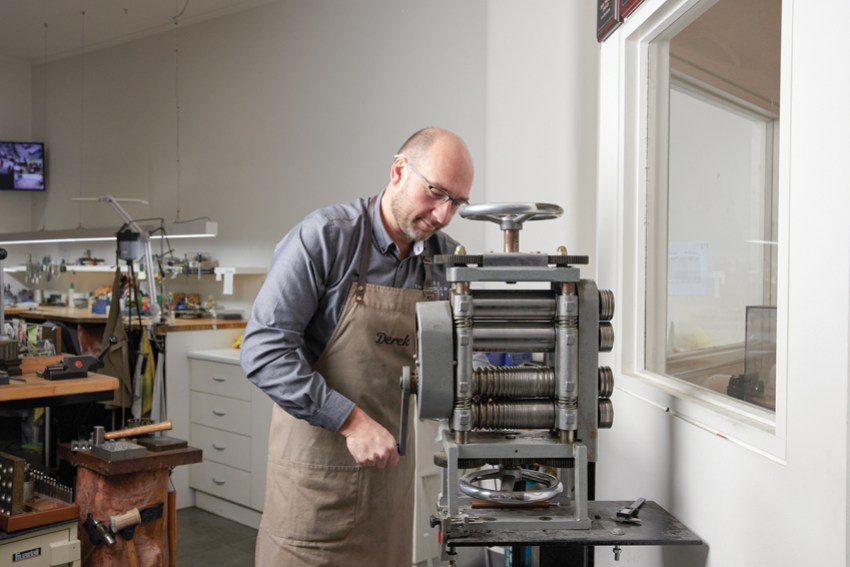
Derek has been at James Thredgold for 24 years, where he works with fellow jewellers Frank Prowe, Alberto Tola and Jess Ervin. He fell into the craft when he finished school, doing some work experience and then an apprenticeship, where James was his manager. Derek then followed James when he opened his own business at Norwood.
Customers love being able to see the team hard at work and, for Derek, the best part of his job is seeing them happy with the pieces that have been transformed from ingot to a sparkling, personal, wearable art.
This article first appeared in the September 2022 issue of SALIFE magazine.



